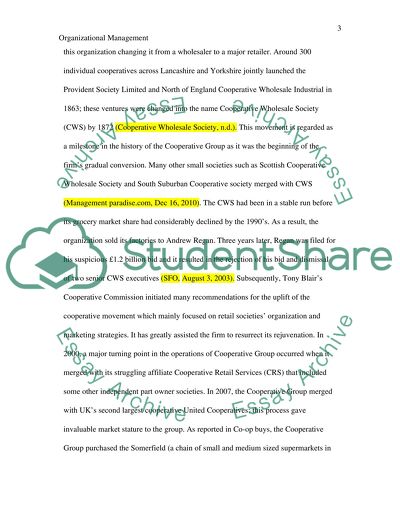Cite this document
(“Present a detailed case study of a successful or failed social Essay”, n.d.)
Retrieved from https://studentshare.org/environmental-studies/1417053-present-a-detailed-case-study-of-a-successful-or
Retrieved from https://studentshare.org/environmental-studies/1417053-present-a-detailed-case-study-of-a-successful-or
(Present a Detailed Case Study of a Successful or Failed Social Essay)
https://studentshare.org/environmental-studies/1417053-present-a-detailed-case-study-of-a-successful-or.
https://studentshare.org/environmental-studies/1417053-present-a-detailed-case-study-of-a-successful-or.
“Present a Detailed Case Study of a Successful or Failed Social Essay”, n.d. https://studentshare.org/environmental-studies/1417053-present-a-detailed-case-study-of-a-successful-or.


